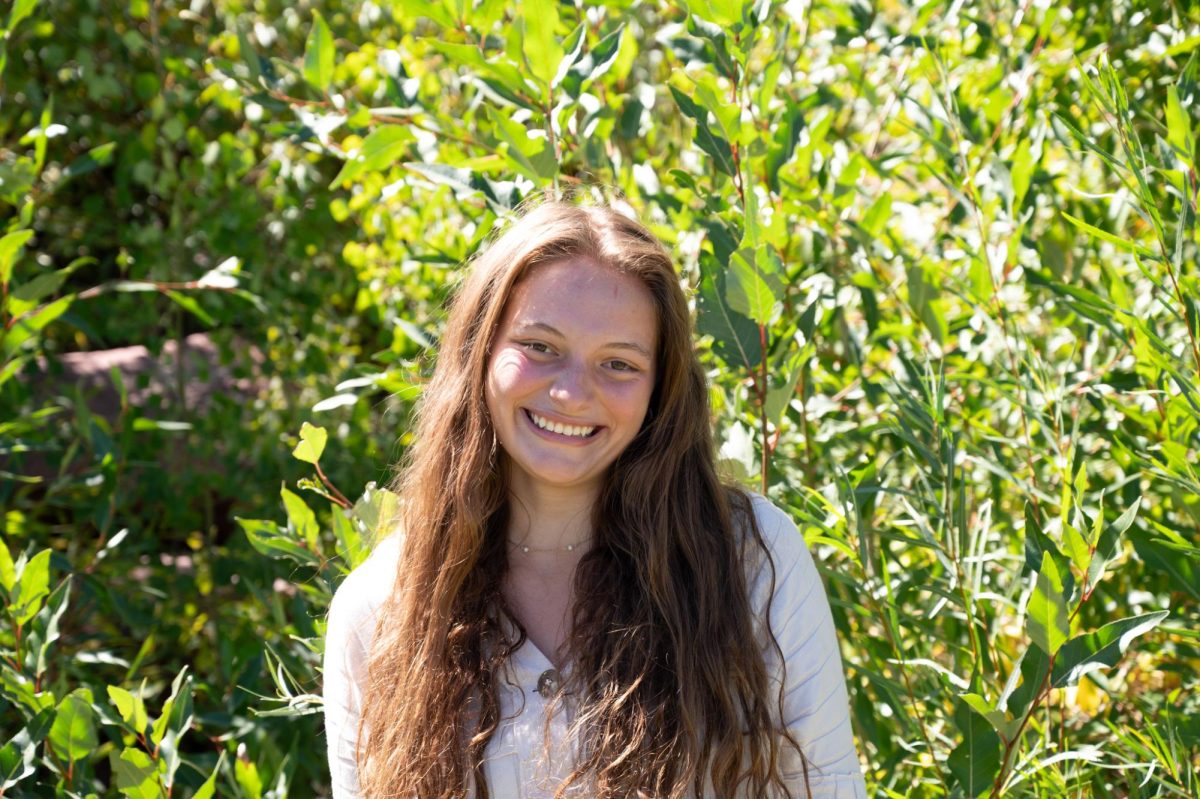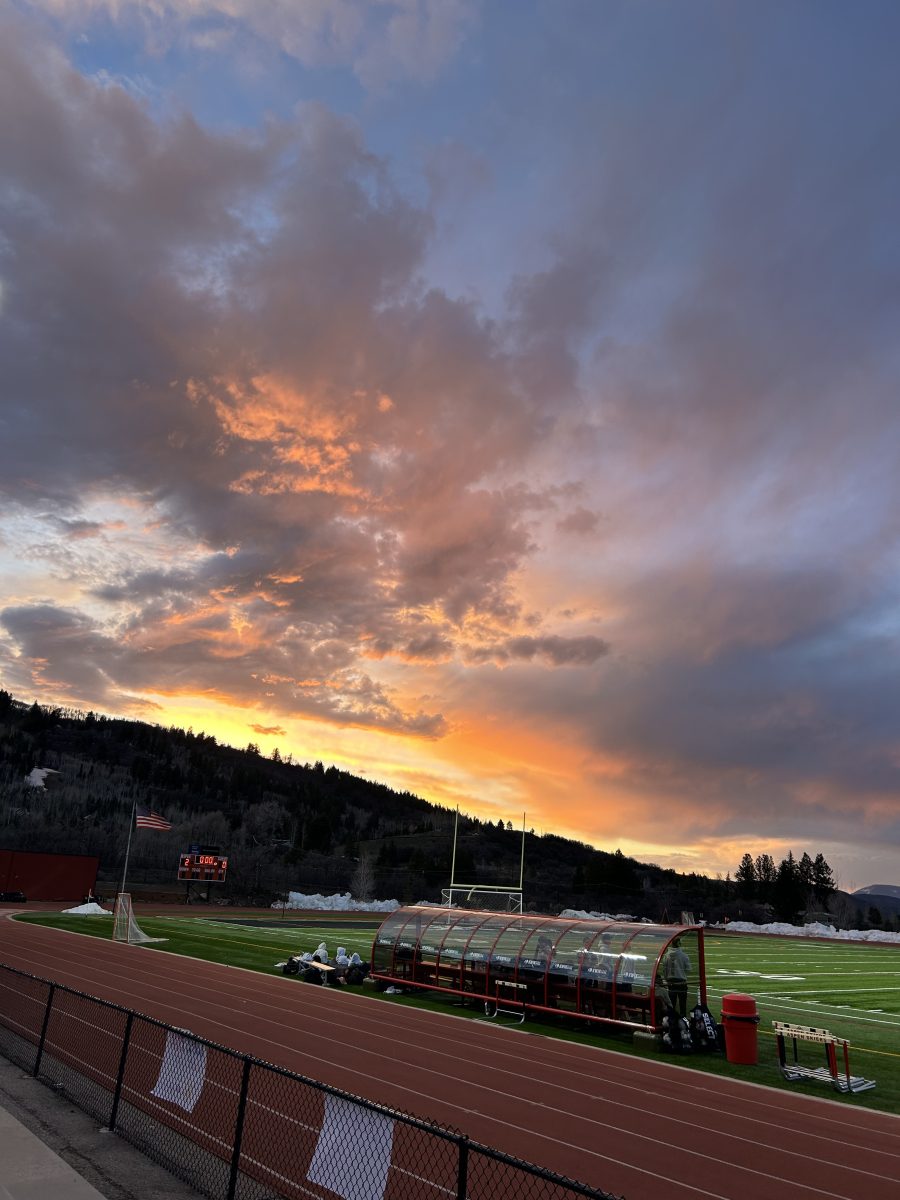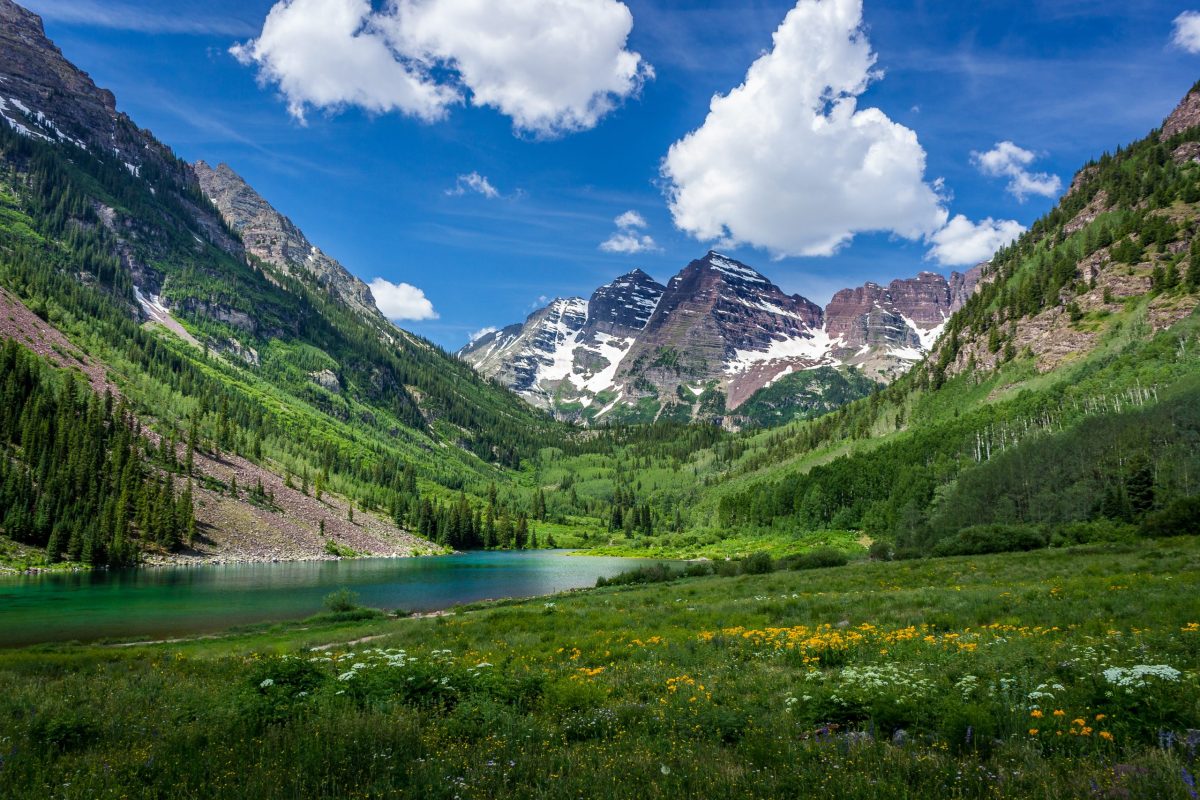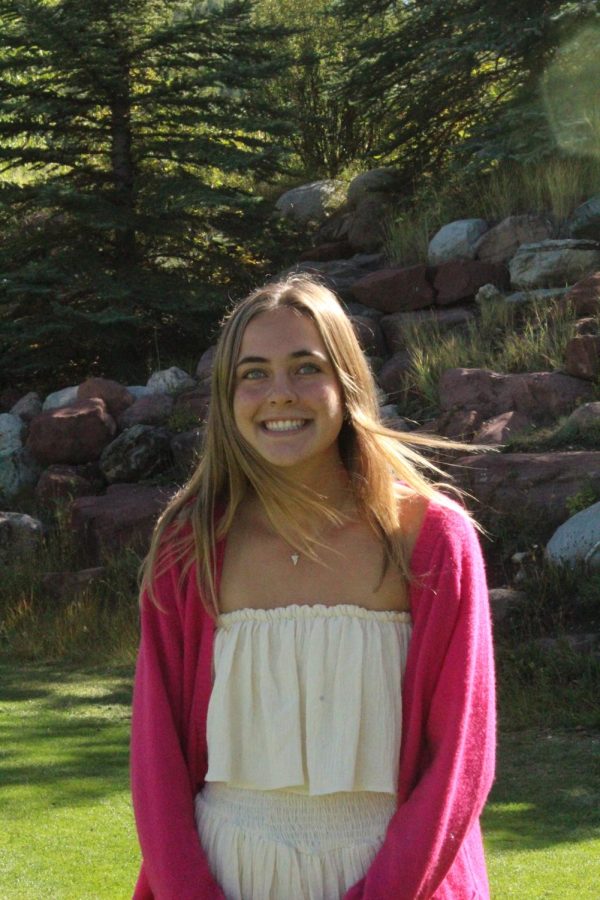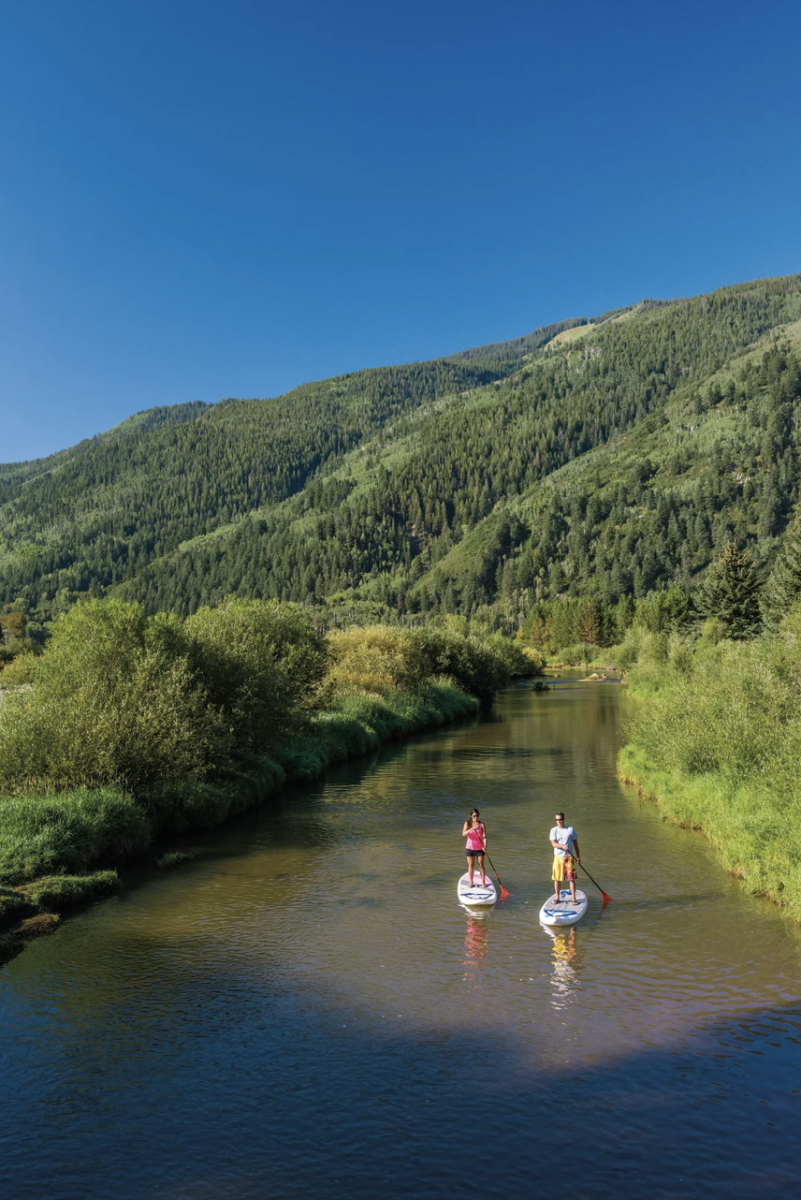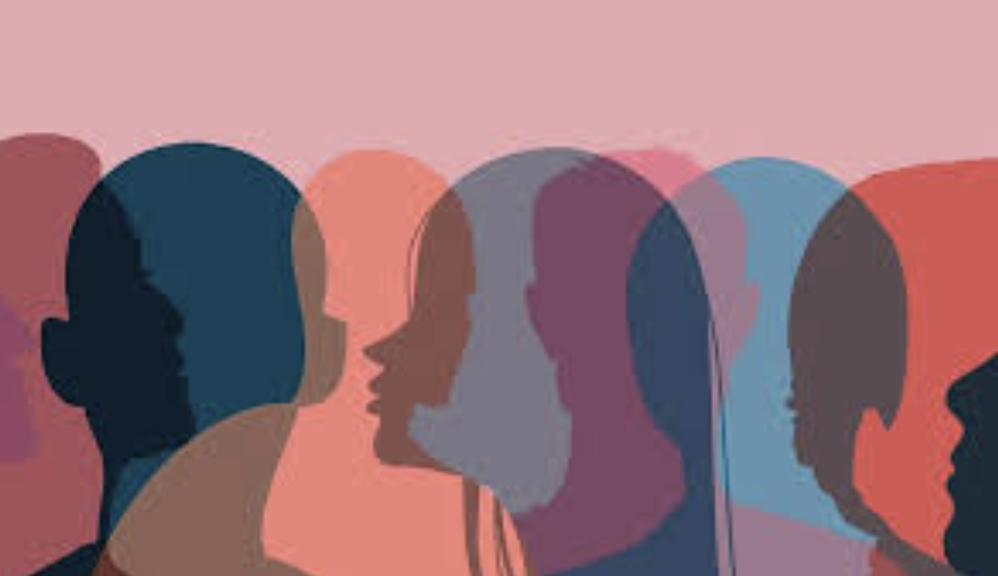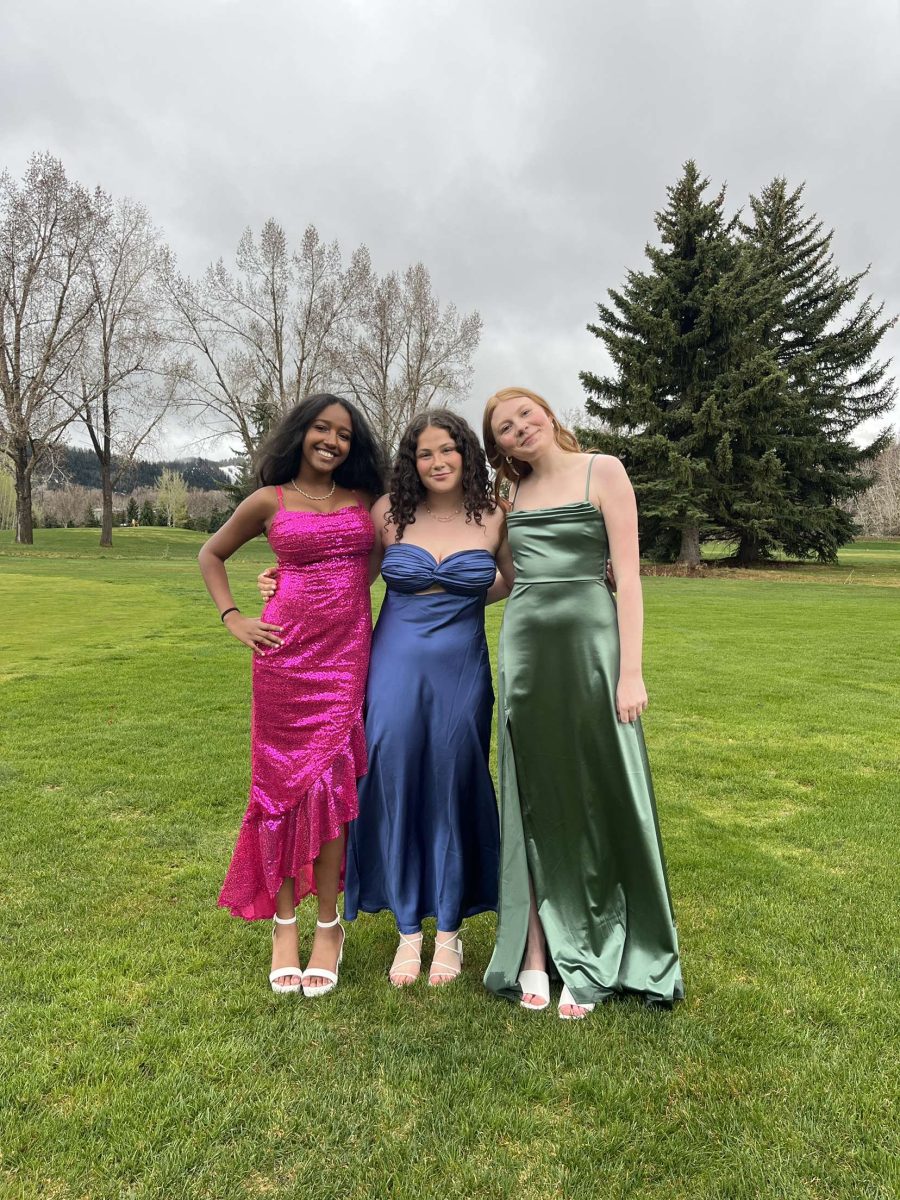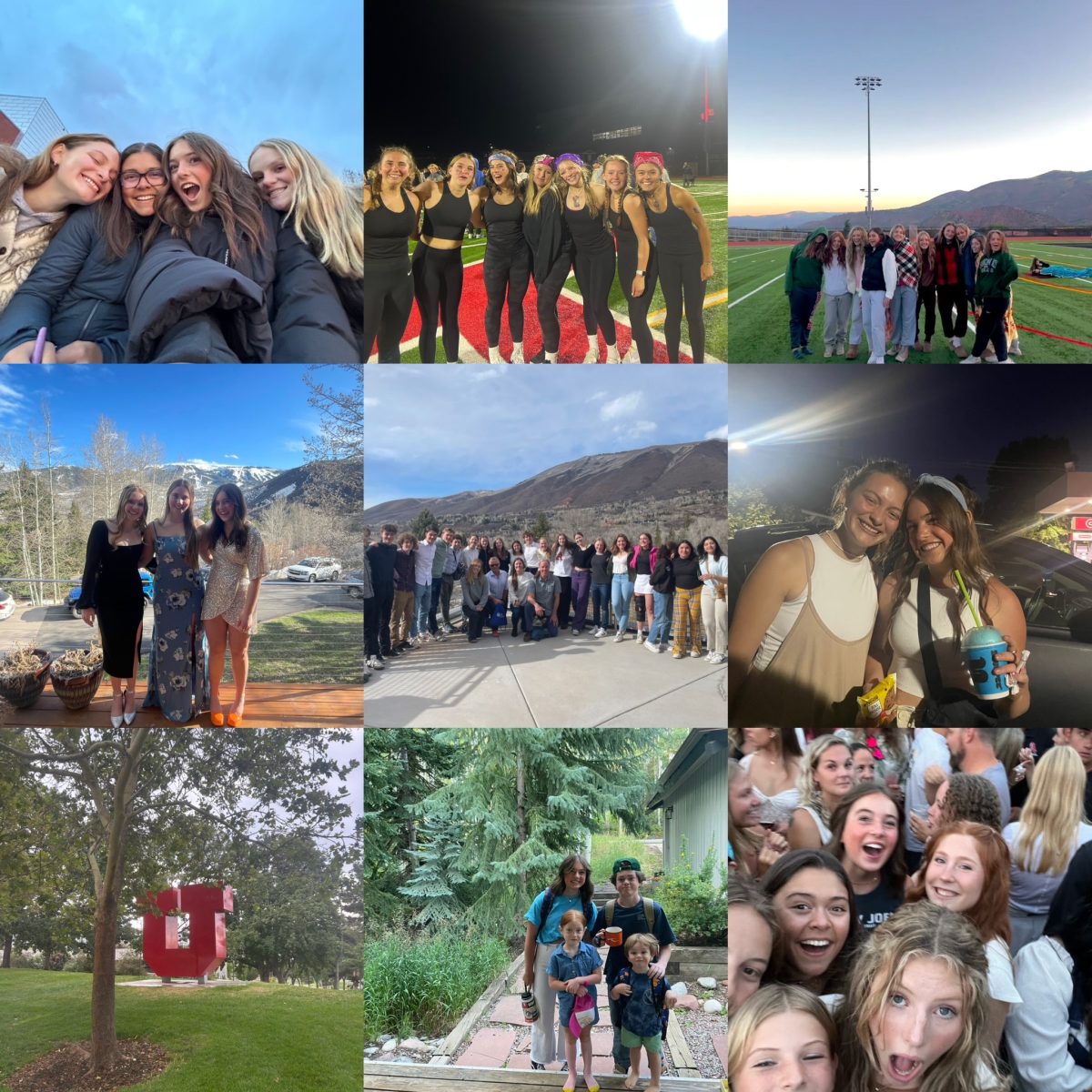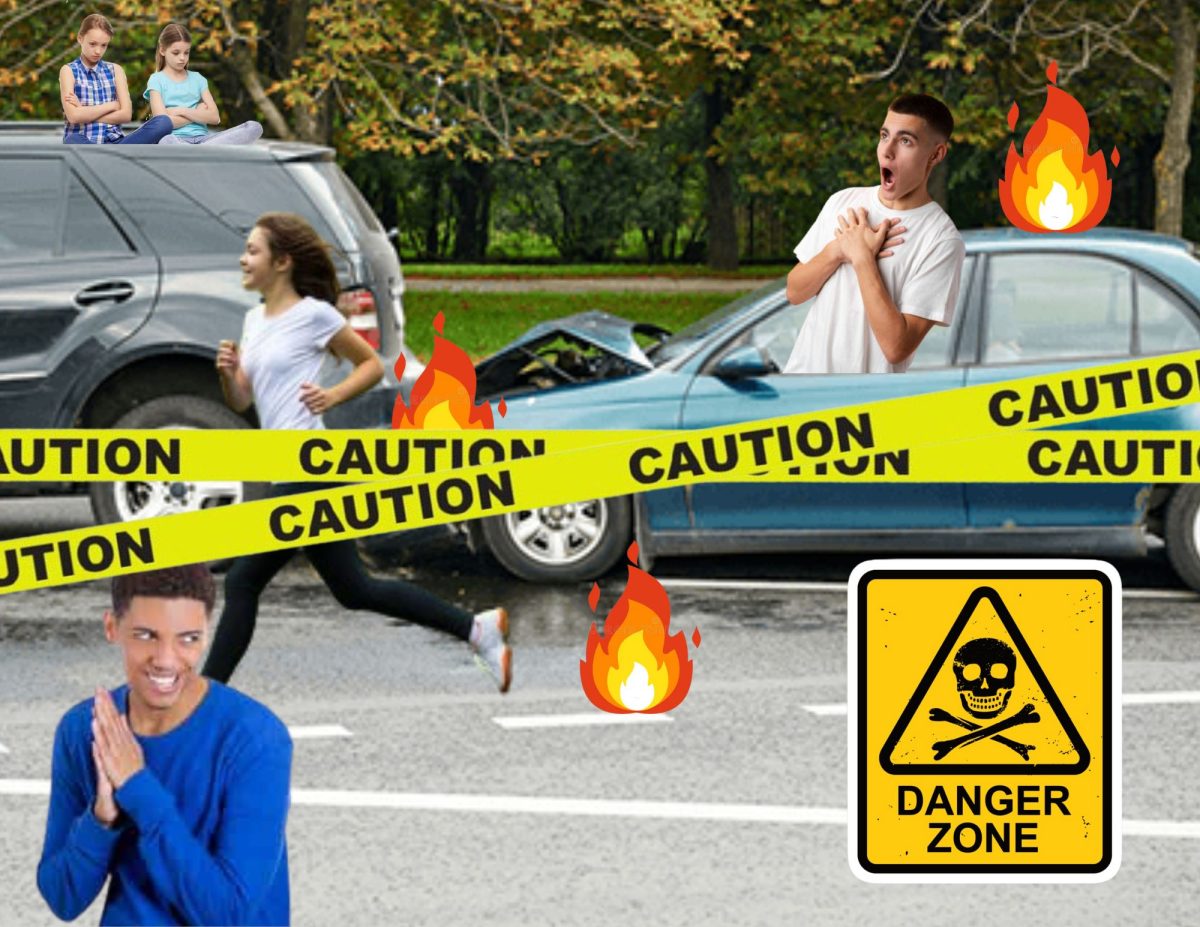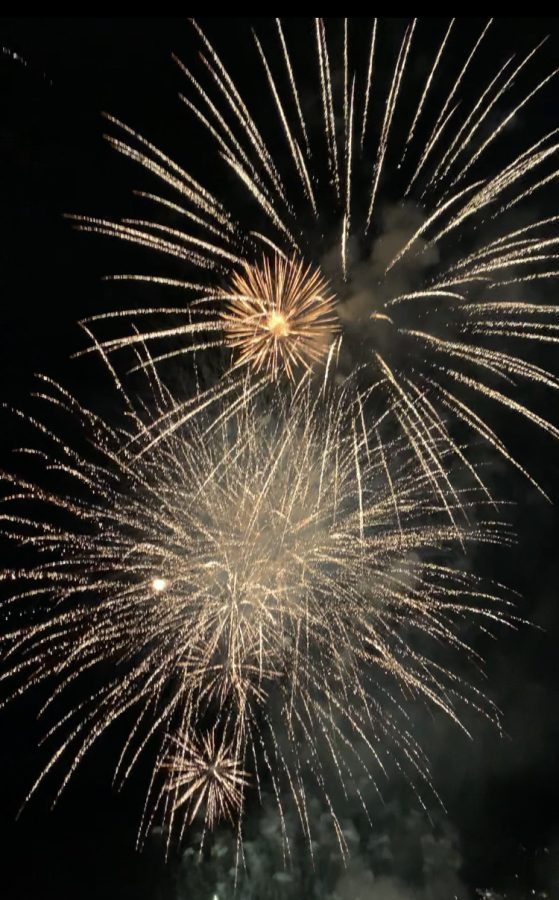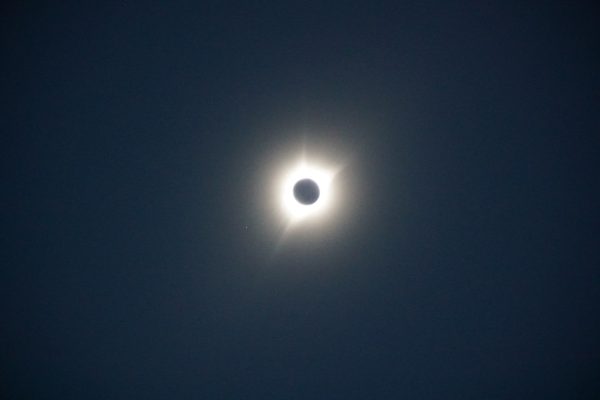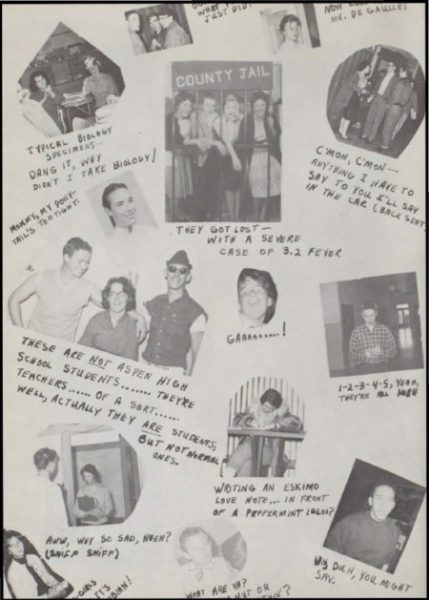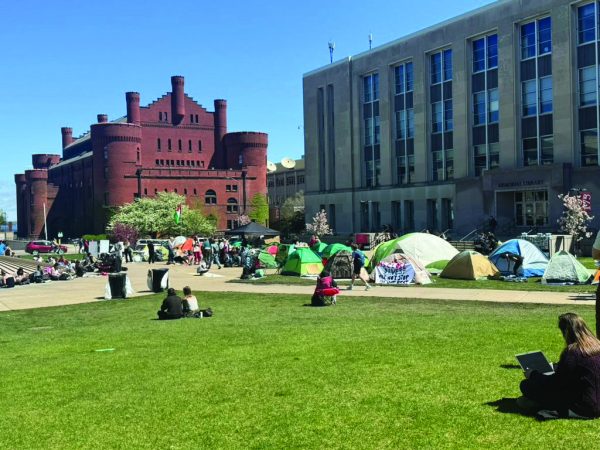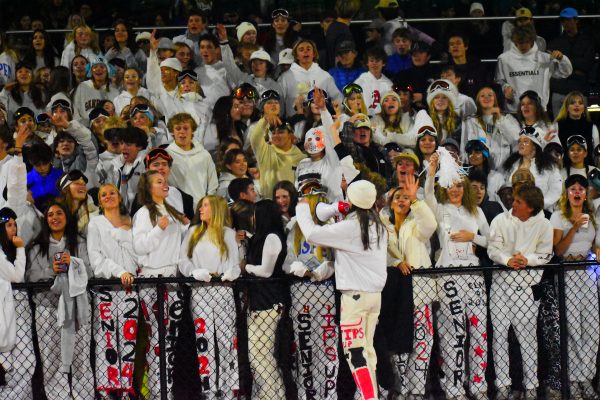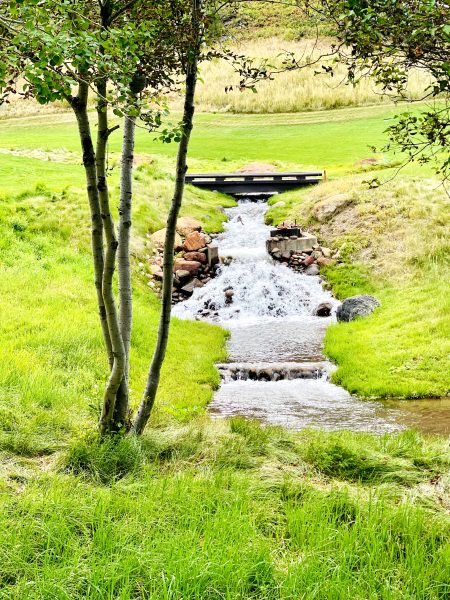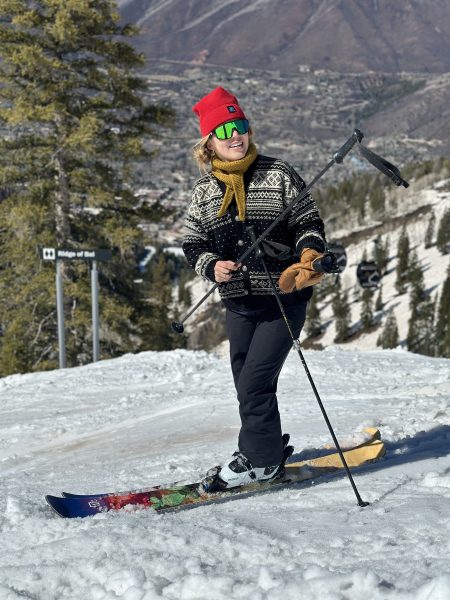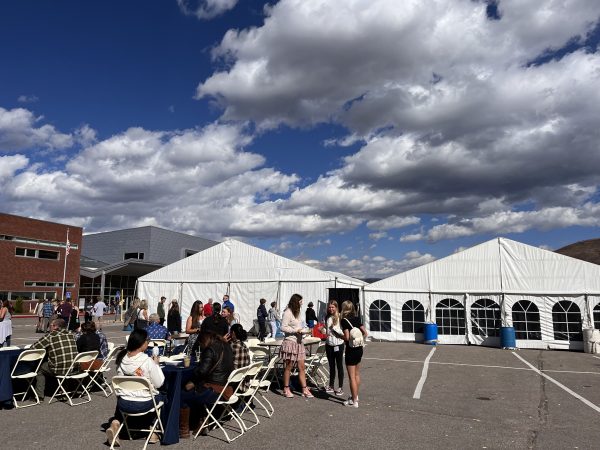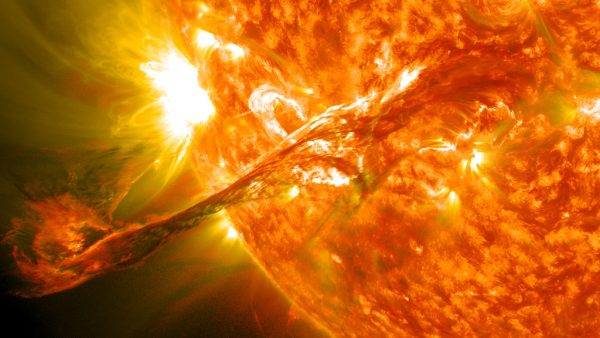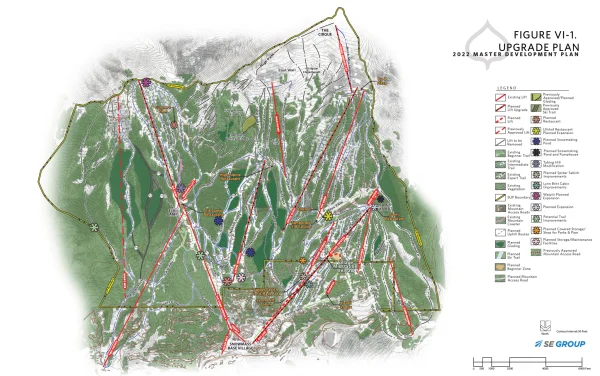Behind the Mythical Climax of the Year
Breathtaking fireworks seen from Snowmass Mountain on New Year’s Eve to celebrate the upcoming year.
2023 is here, and a clean slate and fresh start are underway. Let’s leave 2022 in the past and take advantage of the possibilities of the new year!
New Year’s has always been a time when friends and family come together to celebrate the new year and make new years resolutions. However, this tradition did not just appear overnight. The evolution of this holiday consisted of many different historical events that led to this day that we look forward to celebrating each time December ends.
New Year’s Eve celebrations began around 4,000 years ago in ancient Mesopotamia. The new year was determined by the first moon following the vernal equinox, which took place in March. New years was marked with festivities celebrated by the people of Mesopotamia (Babylonians), such as a religious festival called Akitu. During this festival, statues of gods were paraded around the city, and the public would put on performances that reenacted the victory of the Babylonian sky god Marduk over the evil sea goddess Tiamat.
After this first evolution of a new year, cultures across the world started creating more sophisticated calendars by marking the new year with an astronomical event. In Egypt, the new year began with the annual flooding of the Nile. In China, the new year occurred with the second moon after the winter solstice.
The early Roman calendar consisted of 10 months ( 304 days), with each new year falling at the vernal equinox. Over the years and through human evolution, the calendar fell out of sync with the sun. In 46 B.C., the emperor Julius Caesar attempted to solve this problem by consulting mathematicians and astronomers. After these consultations, Caesar developed the Julian calendar. This calendar is similar to the Gregorian calendar that we use today, with New Year’s Day falling on January 1.
During this festival, statues of gods were paraded around the city, and the public would put on performances that reenacted the victory of the Babylonian sky god Marduk over the evil sea goddess Tiamat.
Along with the consumption of delicious traditional dishes, there are many other worldwide customs including watching breathtaking fireworks shows and singing songs to welcome the new year. In many English-speaking countries, the popular song “Auld Lang Syne” is sung together by loved ones.
Along with these cheerful traditions to celebrate the new year, many Americans gather at Times Square in New York City to watch the annual dropping of the 12,000-pound ball made purely from 2,688 Waterford Crystal triangles. This iconic event has taken place on New Year’s Eve every year since 1907.
Although this tradition is broadcasted on TV, various towns and cities have developed their own versions of the Time Square ritual. Items such as cups can be used in place of the geometric sphere to create an at-home celebration. Simply take plastic or styrofoam cups and glue them together in a circle. Repeat until your sculpture builds up to the top and then continue onto the other side of the sphere. Before closing off the sphere, tape in LED lights or place fun lanterns inside. Now, simply put your project in a high place in your house or place it on top of a pole tied to a string and watch the magic glow with your new DIY Times Square tradition.
All it takes is one single strike of the big hand on a clock to create a clean slate, and new opportunities to be your best self. Another 365 days around the sun have started, symbolizing motivation for many new beginnings. New Year’s is a time to celebrate and have fun with your loved ones, but it is also a time to reflect on the past year and create goals to achieve during the upcoming year. Goodbye 2022, and hello 2023!

Elsa is a senior at AHS and is one of the Editor-in-chiefs for the Skier Scribbler. This is her third year participating in the journalism program and...

